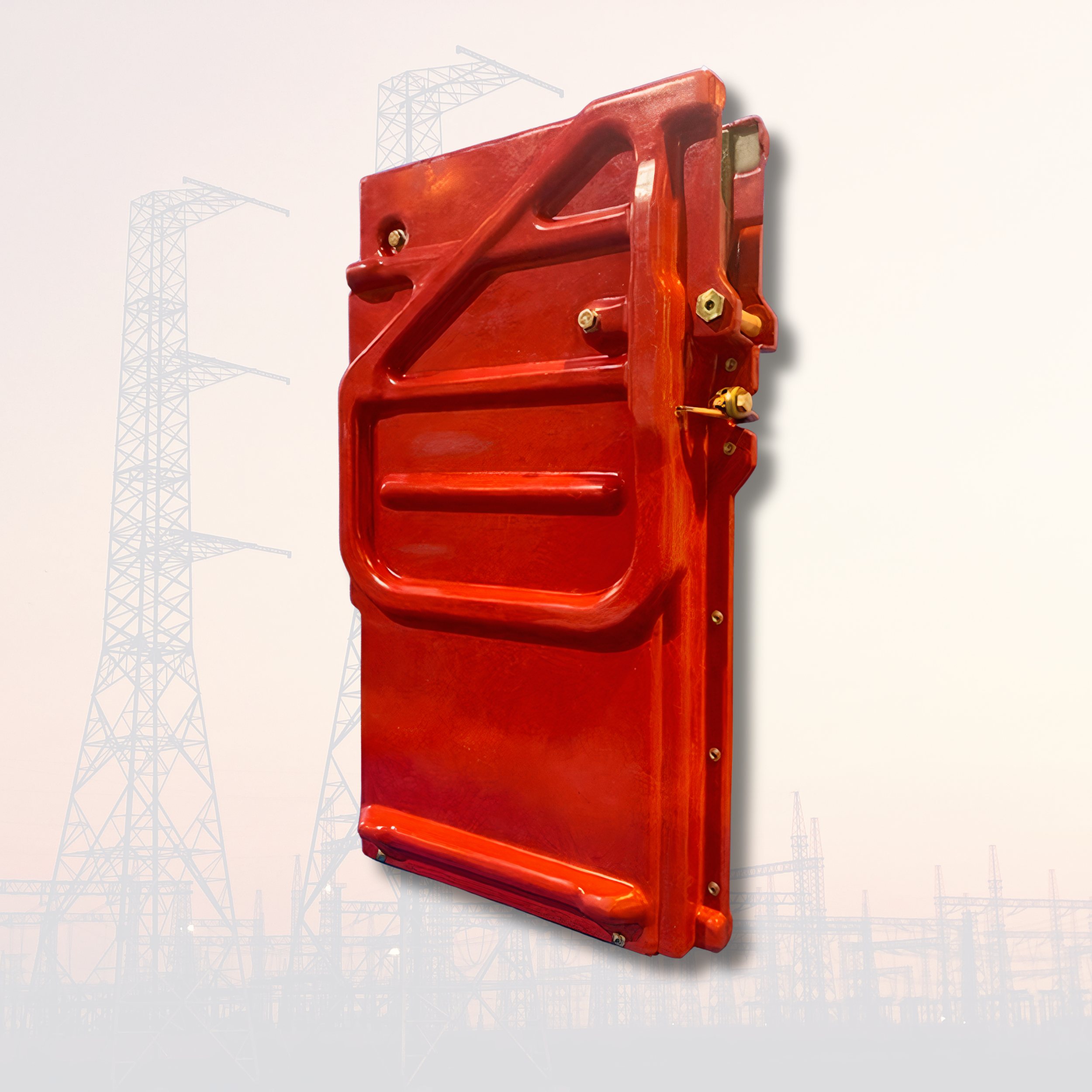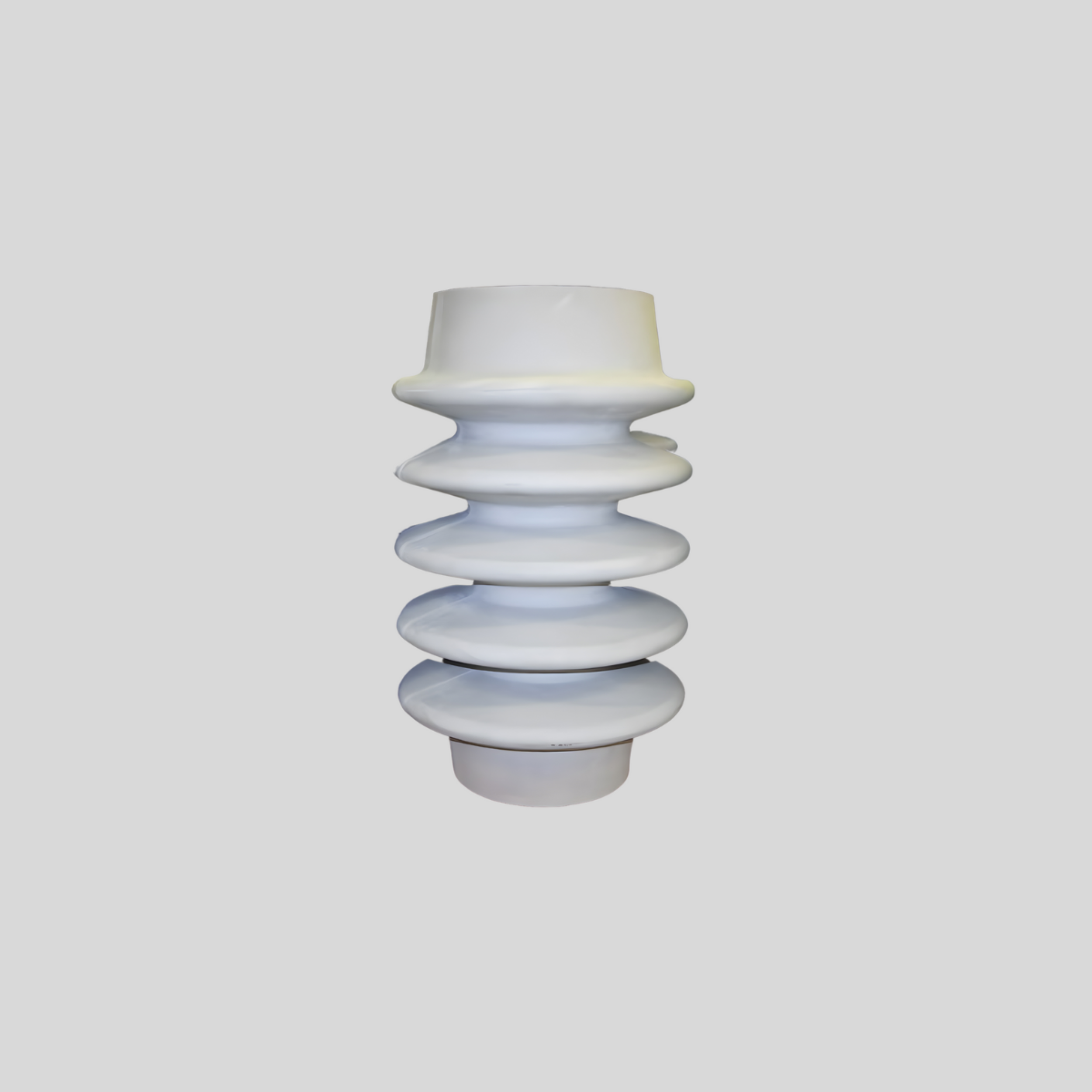
Designing for Decades: Why High-Performance Insulators Are Critical to Grid Reliability
Are your insulators built to last—or just to get by?
In a grid environment where reliability spans decades, high-performance insulators aren’t optional—they’re essential. This article explores how advanced materials like Polykeram and precision U.S. manufacturing are helping utilities and OEMs extend service life, reduce maintenance, and build a more resilient grid.

Mitigating Lead Time Risk: Why U.S.-Based Manufacturing Matters More Than Ever
Is your supply chain built for reliability—or just hope?
In today’s grid environment, delayed components can halt projects, inflate costs, and compromise reliability. This blog explores how U.S.-based manufacturing helps utilities and OEMs avoid lead time risk while gaining faster delivery, tariff-free pricing, and tighter quality control.

How Refurbished Bushings Extend Equipment Life—and Reduce Waste
Why Replace When You Can Refurbish?
Full bushing replacement isn’t always the smartest—or most sustainable—choice. Learn how PBI’s precision refurbishment process can restore aging bushings to near-original performance, reduce lead times and costs, and support grid modernization efforts with less waste and fewer delays.

Domestic and Tariff-Free: The Strategic Value of a U.S. Supply Chain
Is Your Supply Chain Holding You Back?
In today’s unpredictable global market, long lead times and tariff surprises can derail even the most carefully planned projects. This blog explores how U.S.-based manufacturing—like the model used at PBI—gives utilities and OEMs the edge with faster delivery, tariff-free pricing, and dependable quality.
Learn why reshoring critical components isn’t just a trend—it’s a smarter way to build resilience into your operations.

Engineering Dielectric Strength: What Makes a Material Perform Under Pressure?
What Makes a Dielectric Material Truly High-Performance?
Dielectric strength isn’t just a lab spec—it’s what keeps high-voltage systems safe, reliable, and efficient. In this article, we break down how dielectric strength is measured, what affects it, and why material selection is more important than ever for utilities and OEMs.
Learn how PBI’s Polykeram material stands up to real-world stress—and why smarter material choices are shaping the future of grid reliability.

From CAD to Kilovolts: How Custom Dielectric Components Are Engineered at PBI
What does it take to engineer a high-voltage component that won’t fail in the field?
At PBI, every bushing, insulator, and arc chute starts with precision CAD modeling—and ends with real-world durability. In this post, we take you inside our custom engineering process, from design and material selection to U.S.-based manufacturing and testing.

The Science of Arc Chutes: How Precision Design Improves Circuit Breaker Performance
Think all arc chutes are the same? Think again.
In high-voltage systems, the right arc chute design can mean the difference between reliable interruption and costly downtime. This article breaks down how precision-engineered arc chutes improve breaker performance, extend equipment life, and support grid modernization efforts.

Porcelain vs. Polykeram: Which Dielectric Material Offers Greater Reliability for Today’s Grid?
Is porcelain still the best choice for high-voltage components?
As the grid modernizes and infrastructure ages; utilities, and OEMs are reevaluating materials like porcelain. In this post, we compare it with Polykeram - a durable, U.S.-manufactured dielectric material—across thermal, mechanical, and electrical performance. Find out which material offers better reliability, flexibility, and long-term value.

Bushing Refurbishment vs. Replacement: What Utilities Need to Know
Refurbish or Replace? How Utilities Can Cut Costs Without Compromising Reliability
When high-voltage bushings start to fail, replacement isn't the only option. In fact, refurbishment can offer faster turnaround, significant cost savings, and long-term performance—all while supporting sustainability goals.
In this article, we break down the key factors to consider, when refurbishment makes sense, and why more utilities are turning to PBI’s U.S.-based refurbishment services to keep critical systems online and on budget.

How to Choose the Safest Line Post Sensor: Ensuring Rigorous Testing to Prevent Field Failures
How to Choose the Safest Line Post Sensor
When selecting a line post sensor, safety and reliability should be at the forefront of your decision-making process. Sensors that fail in the field can lead to dangerous and costly consequences. To minimize risks, it’s essential to choose sensors tested rigorously for partial discharge, high-voltage resilience, and thermal cycling. These tests ensure sensors can withstand real-world conditions and deliver consistent performance, even in extreme environments.
Understanding your vendor's testing protocols is key to making an informed choice and safeguarding your infrastructure against potential failures.

Revitalizing Nuclear Power in the U.S.: Opportunities and Challenges of Aging Infrastructure
The Nuclear Renaissance: Overcoming Challenges of Aging Infrastructure
As the U.S. recommissions nuclear power plants to meet growing energy demands, aging infrastructure poses a critical challenge. Many facilities rely on outdated, unsupported components, risking delays and safety concerns. Piedmont Bushings & Insulators (PBI) specializes in engineered-to-order solutions, reverse-engineering legacy components, and delivering custom dielectric products. With over 40 years of expertise, PBI ensures your nuclear projects meet modern standards and tight deadlines. Learn how we’re powering the future of clean energy with innovative solutions.

The Future of Legacy Equipment in a Modern Energy Landscape
As energy demands grow and grids become more complex, utilities face a pressing challenge: managing aging infrastructure. Decades-old equipment, while durable, was never designed for today’s energy landscape, creating risks of inefficiency and unplanned outages. Modernizing these legacy systems is crucial, but full replacement isn’t always practical.
Refurbishing and customizing legacy components offers a cost-effective solution, extending equipment lifespan, improving reliability, and enabling integration with modern technologies. As utilities navigate this transition, addressing aging infrastructure is not just a necessity—it’s an opportunity to build a more resilient and sustainable energy future.
